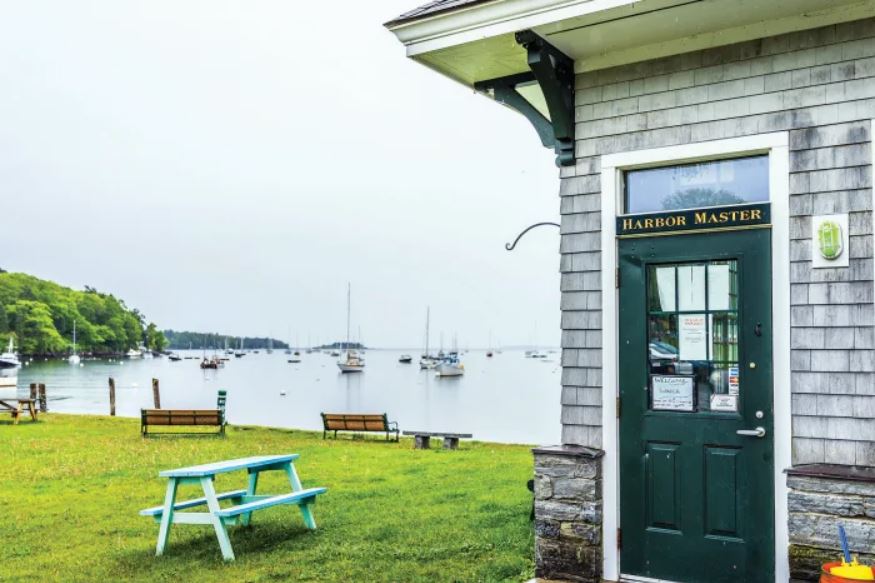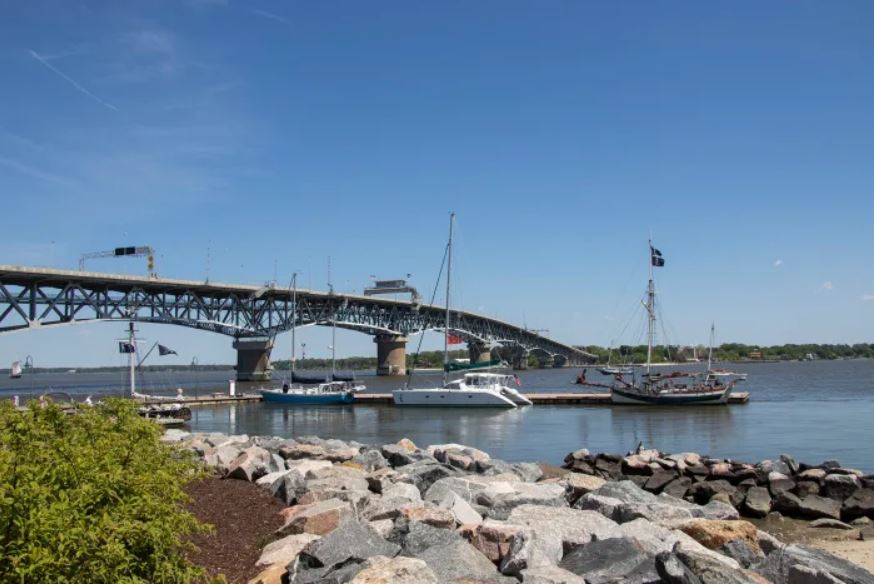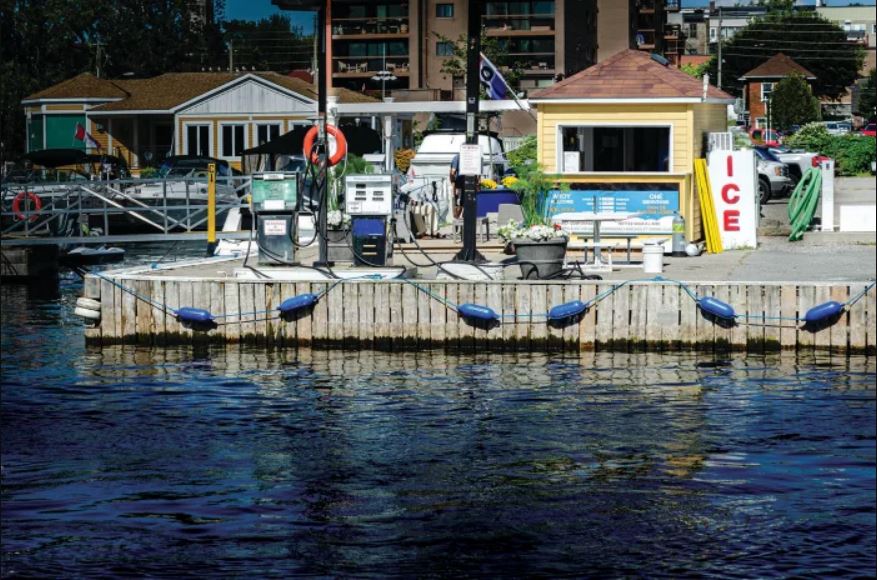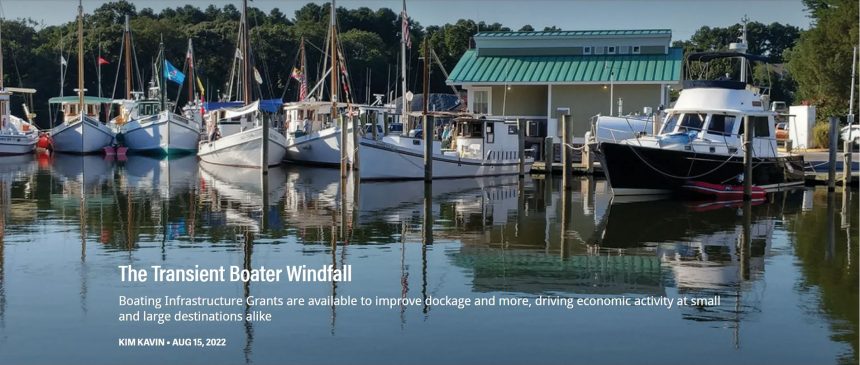This article originally appeared in Trade Only Today on August 15, 2022.
By Kim Kavin
Onancock, Va., has been welcoming every kind of boater, from steamship crews and watermen to cruisers, since its founding in 1680. The place is only about a square mile in size and home to around 400 families, but it’s a great location, a couple of miles from Chesapeake Bay by way of Onancock Creek. It’s a town with a storied maritime history, for sure, but it isn’t what most people think of when they hear “multimillion-dollar federal grant program for transient boaters.”
As it turns out, Onancock is a shining example of precisely the type of changes the Boating Infrastructure Grant program was created to make possible for transient boaters and the communities they visit. The BIG program — whose annual application deadline is usually around September — began in 1998 after a congressional survey of 12,000 marinas found that existing tie-up facilities weren’t satisfying demand. BoatUS was part of a coalition that secured initial authorization for the program, which has since doled out $263 million to build safe-harbor facilities for transient boats longer than 26 feet, for stays of up to 15 days. The program supports such infrastructure as piers, breakwaters, floating docks, bulkheads, mooring buoys, restrooms, showers, laundries and more.

Offering those types of services attracts transient boaters, who in turn spend money in local shops and restaurants, creating a powerful economic engine. “It’s like what an anchor store used to be in a mall,” says Brad Gunn, who helps to review BIG applications as a national lead for boating grant programs with the U.S. Fish and Wildlife Service. “Give the public a way to have the boaters come in and go ashore. We see a lot of funds going to the big players in the major stopovers and destinations, but in some places, they’re in just the right place to really fill a need, including being a safe harbor along someplace like the Atlantic Coast.”
So it was for Onancock, where town officials decided, about a decade ago, that they wanted more transient traffic — because the average boater spends five times what the average visitor spends when arriving by car. “From a tourism and economic point of view, transient traffic is better for our economy,” says town manager Matt Spuck.
After putting in a floating dock, the town submitted its first of what would become a half-dozen BIG applications. It kept winning grants, allowing for a rebuild of the harbormaster house into a modern transient facility with laundry, showers and restrooms. The town also used BIG money to help install fuel and pumpout stations.

“Now we have a great facility for transient boaters. They can walk right from their boats to our seven restaurants, our artisans — it’s a neat destination,” Spuck says. “We have people coming from up and down the coast, from New Jersey, the Carolinas.”
BIG program administrators are looking for more applicants from places like Onancock and are urging applicants to start the process for next year’s deadline now. “You don’t have to be a Seattle to get these grants,” says Preston Smith, marina programs manager with the Virginia Department of Health. “Sometimes we have years when it’s competitive, and some years it’s not competitive at all. You may be the only boating facility that applies for the grant fund in your state.”
Tips From the Pros
BIG program funding comes from a federal pool that’s built on excise taxes from fishing equipment and trolling motors, customs duties and other things that boaters pay for on a regular basis. Every year in May or early June, a federal notice is sent out for the BIG funding opportunity, with two tiers of applications in the mix.
Tier 1 allows a state agency to apply for as much as $200,000 to disburse to third parties, including public and private marinas. Typically, there are 30 to 40 grant winners in the Tier 1 program each year, Gunn says, but not for the full $200,000 amount. The money is often broken into chunks for multiple projects within a state, everything from shore power pedestal renovations to mooring-field installations.

Recipients can’t apply for BIG grants themselves; they have to apply with help from the correct state agency, which can be found online through the States Organization for Boating Access (sobaus.org). The reason for this layer of oversight is that after BIG funding is awarded at the federal level, it becomes the state’s responsibility to ensure that the final recipient is following the program rules, to provide services for transient boaters.
States have different risk tolerances for partners they will consider, Gunn says. And if state officials don’t like what they’re seeing after a grant is awarded, they can withdraw the agreement and return the funds to the federal government for future transient-boater uses.
“There was a marina in my state that decided to close the docks for private parties, and that’s a violation,” says Scott Croft, vice president of public affairs for BoatUS. “You have to keep the dockage open for 20 years, so you can’t take this money and turn the slips into private slip rental. The state ensures compliance, and the state has the ability to sanction.”
In addition to the Tier 1 program, there’s a nationally competitive Tier 2 program. Here, too, applications must come through state agencies, but the amount of money is larger, up to $1.5 million. “We usually get 20 to 30 Tier 2 applications a year,” Gunn says, adding that around 10 of them are typically funded. “They go through a review panel where they’re scored on various criteria, including how well they meet a need for the transient boating public.”
With Tier 2, BIG applicants are up against the nation’s top boating destinations, and working with state agencies to home in on precisely how the money will be used to help transients is key. Scott Meister, the Southeast region BIG coordinator for the U.S. Fish and Wildlife Service, says that to have the best chance, “it’s imperative, essential, that marina owners and operators identify and start building relationships with their boating agency.”

